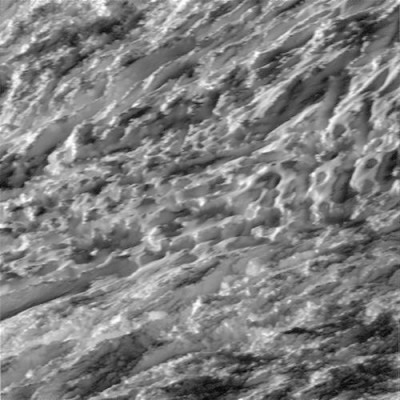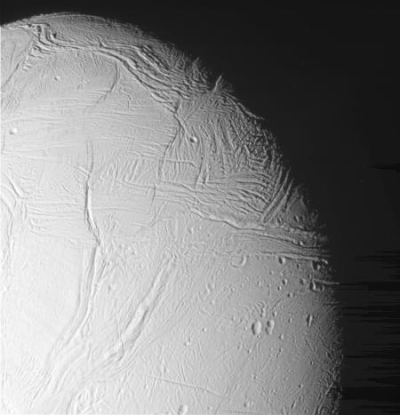The dishonesty of climate scientists: A comparison of the raw data with the published adjusted sea level data reveals unexplained “adjustments” made by the Colorado Sea Level Research Group at the University of Colorado that increase the reported rate of sea level rise without any explanation.
In 2004, the rate of sea level rise for the 1990s was measured at 2.8 mm per year (margin of error 0.4 mm). Somehow, in 2015 that same data for the 1990s now shows the rate to be 3.3 mm per year, adjusted upward 0.5 mm per year, an amount greater than the margin of error noted in 2004. There is no justifiable reason that I can see for these adjustments, and if there is, they have not provided it.
Be sure you click on the link and look at the graphs. They are quite damning.
Note also that when I began my effort to unravel the climate change field back in 2004, I spent a lot of time reading older literature describing then what was known about sea level rise. These earlier published papers from the late 1990s, generally agreed that the rate of sea level rise for the past century had averaged around 2 mm per year. When I started looking at the modern data in 2004, however, the accepted rate was 2.8 mm, but I could find no explanation for why the consensus had upped the number from 2 mm. Nor did any published work explain how the previously published sea level data from before 1990 had somehow changed to this higher number.
They have now upped the rate again to 3.3 mm per year, but have once again provided no explanation as to why. The adjustments themselves are very suspicious, since they all go in one direction. Either they are allowing their biases to color their judgment, or they are committing outright fraud for the sake of selling the idea of global warming.
Either way, this is not science. Until they provide a good explanation for the adjustments, their funding should be stopped, now.
One more thought: Even at higher 3.3 mm per year, the total sea level rise for the next century will be a whopping one foot, hardly something to panic about.


